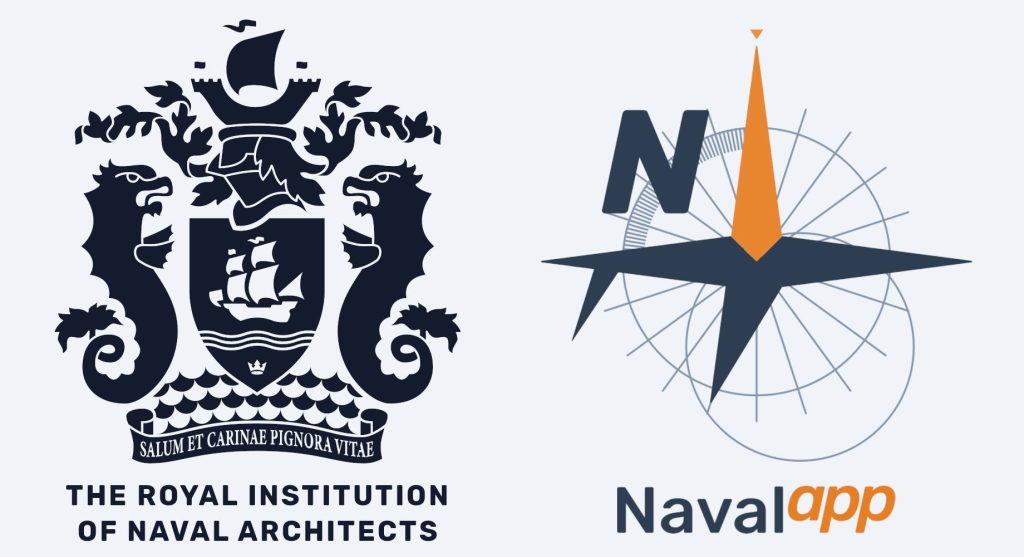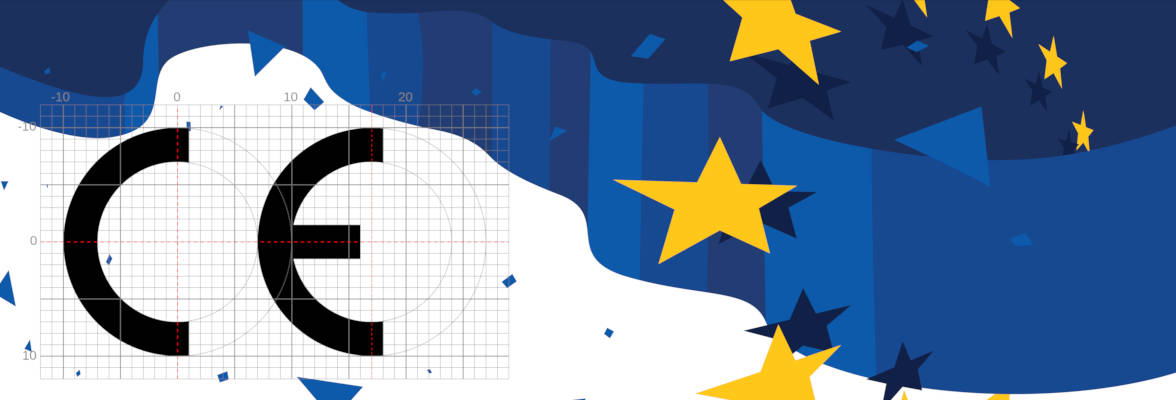Welcome!
Before a boat can be placed on the market or put into service, it must obtain a certification issued at the end of a homologation process. This process of homologating and certifying a boat is often not very well known, which leads to frustration, loss of time, and money.
Homologation is the process by which a product is certified to comply with specific legislation, and the certification confirms that the product is compliant. The certification is issued at the end of the homologation process.
This course explains the process of homologating and certifying a boat following the European Craft Directive 2013/53/UE in a clear, concise, and engaging manner. The course is intended for:
- Boat manufacturers, authorized representatives, importers, and distributors.
- Private boat importers, persons who modify or convert boats, and individuals who build boats for their own use.
- Individuals interested in learning how to homologate and certify a boat following the European Craft Directive 2013/53/UE.


The course
This course provides a comprehensive explanation of how to homologate and certify (CE marking) a boat following the European Recreational Craft Directive 2013/53/UE, a.k.a. RCDII or RCD2, including the legislative context and intention.
The course focuses on the key elements necessary to obtain a boat’s CE marking and is divided into five parts:
- The first part introduces the European Recreational Craft Directive (RCD), its origin, how it works, and its intention.
- Part 2 describes the essential requirements of the RCD and how to fulfill them.
- Part 3 delves into the certification process, the involved parties, and the tools used.
- Part 4 focuses on the documentation required by the directive and what it entails.
- Finally, part 5 discusses market surveillance, the involvement of states, and their role.
The course includes practical and real-life examples to complement the explanations.
What will you learn?
Upon completing this course, you will gain the ability to comprehend and execute boat certification in accordance with the European Recreational Craft Directive 2013/53/EU. More specifically, you will be able to:
- Understand how the European certification and Directive work.
- Comprehend the essential requirements, their significance, and how to ensure compliance.
- Know the standards, their origin, how they are made, and how to use them effectively.
- Create, consolidate, and complete a technical boat certification file.
- Carry out a boat certification efficiently, knowing the obligations that concern you.
The European Recreational Craft Directive 2013/53/UE
The European Recreational Craft Directive 2013/53/UE, also known as RCDII or RCD2, is focused on regulating recreational and personal watercraft, propulsion engines, and designated components.
This directive aims to establish harmonized requirements and procedures for ensuring compliance for products that are placed on the market or put into service. It applies to both “economic operators” (manufacturers, authorized representatives, importers, and distributors) and “non-economic operators” (private importers, individuals who modify or convert products, and builders of boats for their own use) regardless of whether the products are manufactured in the EU/EEA, imported from a third country, new, or second-hand.
Languages
- Video lessons in English.
- Subtitles in English and Français.
- Documentation in English.
Course organization
The course is video-based and on-demand, allowing you to learn at your own pace, wherever and whenever you want.
It includes videos, quizzes, and downloadable documents, and provides access to the course’s virtual private classroom, where you can interact with the instructor and other students.
Upon completion of the course, you will receive a Course Certificate. To obtain the Course Certificate, you must complete all lessons, pass the quizzes, and have your Course Assignment approved.
– Resources:
- Video lessons.
- Subtitles: English, Français.
- Written materials (more than 180 pages!).
- Quizzes.
- Final Assignment.
- Virtual Private Classroom.
- Course Certificate.
– Classroom:
– Prerequisites:
- Prior knowledge of Boat CE Certification & Homologation, the European Recreational Craft Directive 2013/53/UE, or the CE Marking is not necessary to follow the course.
- A minimum Navalapp membership level of “Subscriber” (free membership) is required to enroll in this course.
RINA Endorsement

After a thorough evaluation, the Royal Institution of Naval Architects (RINA) has found that Navalapp’s course Boat CE Certification & Homologation meets the Institution’s requirements for Continuing Professional Development (CPD). Therefore, RINA has considered that the course warrants recognition and has issued a Certificate of Endorsement.
During the evaluation, RINA studied different aspects of the course, such as learning aims, content and structure, whether the information is up-to-date and factually correct, students’ evaluations of the course, the supporting information and materials, the instructor’s expertise, the method by which the students are evaluated, and Navalapp’s organization standards.






